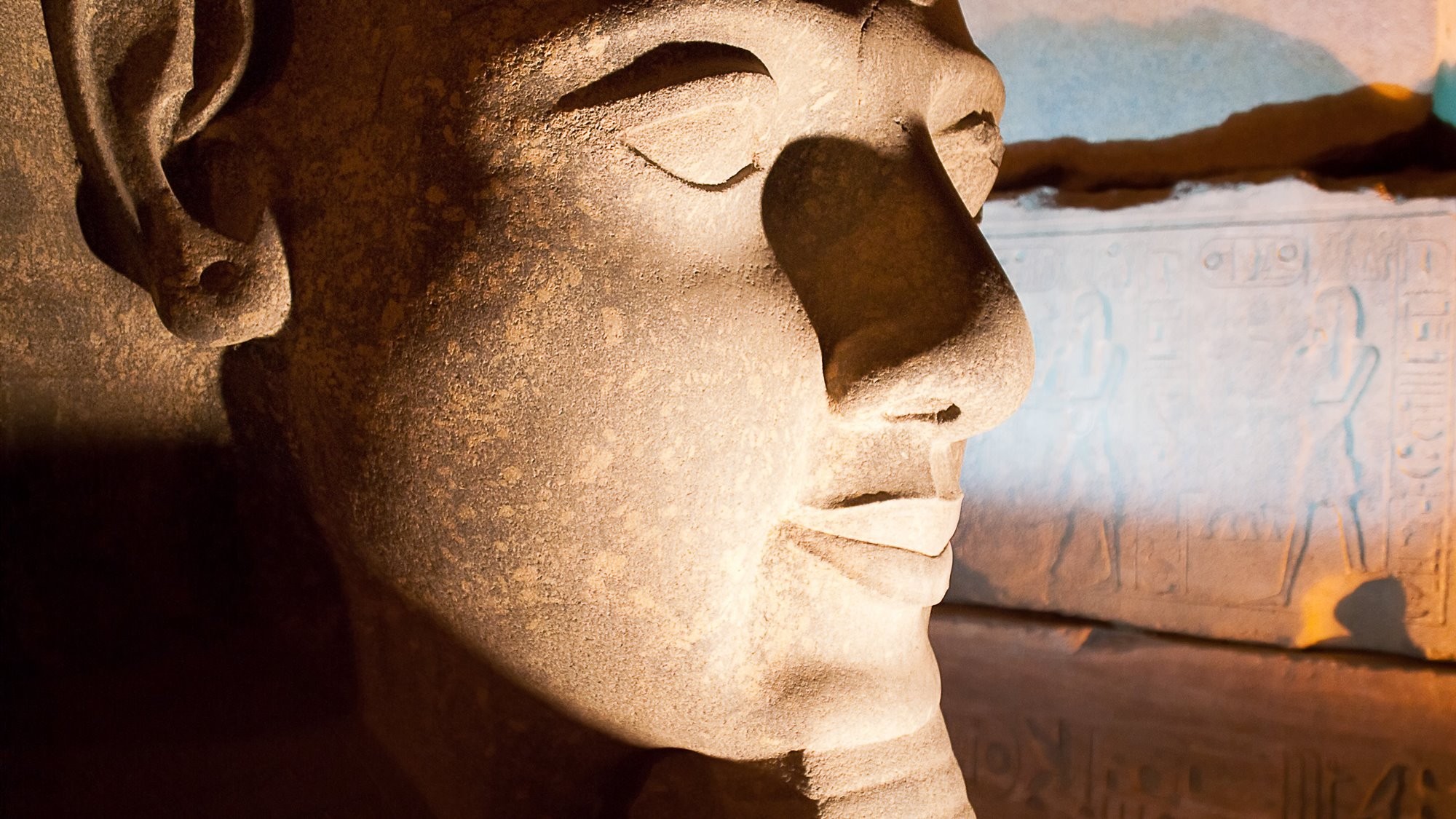Picardy - Historic Region of France
Picardy is a former region of France. It stretched from the Bay of Somme in the west to the Belgium border in the east. The region was well known for the Somme Battlefields and numerous châteaux in the more mountainous Aisne. The region included the departments of Aisne, Oise, and Somme. With the re-ordering of the administrative regions at the end of 2015, from 2016 Picardy was combined with the Nord-Pas-de-Calais region to form the region now known as Hauts-de-France.



